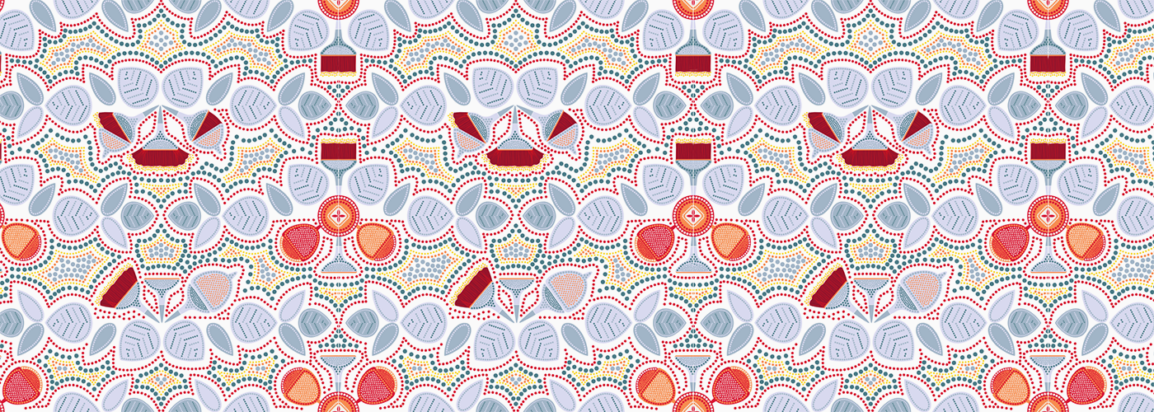Guide to Aboriginal and Torres Strait Islander terminology
✻ By Sharon Lapkin
This Guide to Aboriginal and Torres Strait Islander terminology reflects the culture and beliefs of First Nations Australians.
Aboriginal and Torres Strait Islander peoples have unique languages, knowledge systems and beliefs, and these understandings vary between groups.
Currently, there are more than 500 different communities or nations across Australia and, in 2019, more than 150 Aboriginal and Torres Strait Islander languages were being spoken at home.
While non-Indigenous writers and editors can find it difficult to identify appropriate terminology, it’s important to know there’s no single culture in the Aboriginal and Torres Strait Islander nations and communities.
What’s defined as appropriate usage depends on the preferences of different groups of people.
This Guide to Aboriginal and Torres Strait Islander terminology is based on my 14 years experience in educational publishing. It also includes research from Reconciliation Australia, the Australian Institute of Aboriginal and Torres Strait Islander Studies and Common Ground.
I was privileged to work alongside Aboriginal and Torres Strait Islander peoples across Australia when I was researching my Masters of Education thesis, and throughout my publishing career.
This Guide to Aboriginal and Torres Strait Islander terminology was last updated on 11 July 2021.
Aborigine or Aboriginal
Aborigine is a noun meaning one of the first inhabitants of a country.
However, in Australia the term ‘Aborigine’ is increasingly considered outdated and inappropriate because it has racist connotations from Australia’s colonial past.
Many Aboriginal people have called for the word to be dropped.
Some publications, such as The Australian newspaper, still use this term, but it’s best not to join them.
Aboriginal is an adjective that people sometimes use as a noun.
It’s appropriate to use terms such as Aboriginal person, Aboriginal people and Aboriginal community.
You can call an Aboriginal person an Aboriginal, but keep in mind that it isn’t yet accepted by the Macquarie Dictionary.
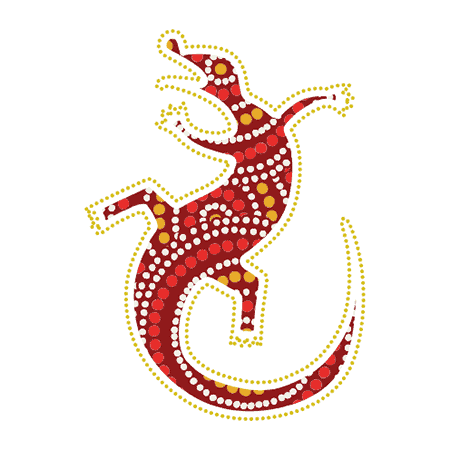
Acknowledgements
The ‘Welcome to Country’ is not formally an acknowledgement and can be found further down this A–Z page.
Welcome to Country is delivered by Aboriginal or Torres Strait Islander peoples; whereas, the following acknowledgements can be delivered by them as well as non-Indigenous people.
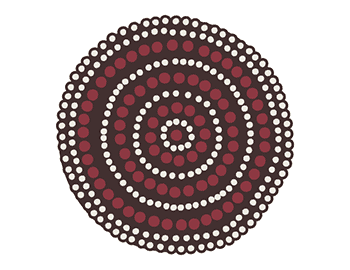
Acknowledgement of Country
The ‘Acknowledgement of Country’ is delivered to show respect for the Traditional Owners and the Aboriginal and Torres Strait Islander peoples and their connection to the land you are living and working on.
It’s usually delivered at the beginning of a meeting, speech or other formal occasion. The acknowledgement can be adapted for printing in books and on websites, as shown in ‘Other acknowledgements’.
For Aboriginal and Torres Strait Islanders, ‘country’ means more than owning land or being connected to it.
In the words of Professor Mick Dodson, it means the “values, places, resources, stories and cultural obligations” associated with the area being acknowledged.
There is no set protocol or wording for an Acknowledgement of Country, but Reconciliation Australia recommends the two following versions.
General: I’d like to begin by acknowledging the Traditional Owners of the land on which we meet today. I would also like to pay my respects to Elders past and present.
Specific: I’d like to begin by acknowledging the Traditional Owners of the land on which we meet today, the (people) of the (nation) and pay my respects to Elders past and present.
Other acknowledgements
To include an Acknowledgement of Country in a printed document such as a book, report, or website and email, Creative Spirits recommends the following practices.
In printed publications, if possible, place the acknowledgement in a significant place on the inside front cover.
For websites and emails place a more concise acknowledgement that references your business or organisations’ respect for the Aboriginal and Torres Strait Islander peoples who are the Traditional Owners of the land on which you live and work.
Beliefs
Aboriginal and Torres Strait Islander peoples’ beliefs should never be referred to as ‘myth’, ‘folklore’ or ‘legend’.
Black, blackfella
Don’t call a First Nations person a Black. You might hear them using the term among themselves, but don’t use it yourself.
Many of them consider it highly offensive when a non-Indigenous person uses this term. Colonial books were littered with these references.
Blackfella is another informal term used among First Nations peoples but, again, it’s not appropriate for non-Indigenous people to use this word – even if they’re a whitefella.
You may have heard Black and blackfella used in friendly ways by First Nations peoples, but context is everything.
Be aware that our inferences can miss nuances we can’t see, or aren’t aware of, as non-Indigenous people.
Copyright problems for First Nations stories
First Nations peoples’ Dreaming stories and teachings have been told by word-of-mouth for thousands of years.
Some of these stories are sacred and fiercely guarded. They are stories that connect the people to their community, their land and their survival.
Modern copyright laws don’t protect oral First Nations peoples’ stories from being rewritten or retold inappropriately or even inaccurately.
There is no legal requirement to obtain consent to publish a story owned by a community.
The takeaway here is not to rewrite or retell First Nations peoples’ stories without prior consent from the community that owns the story.
If you don’t know anybody from the community, seek advice from an Aboriginal and Torres Strait Islander or one of their representative organisations.
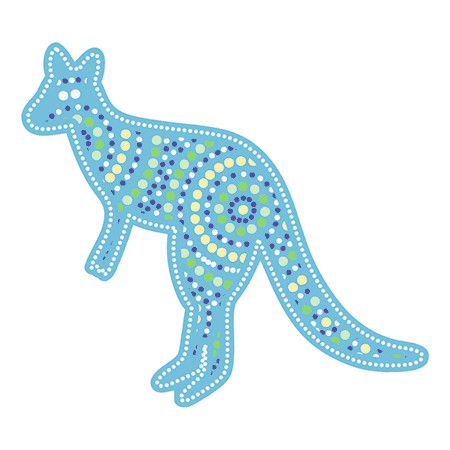
Dreaming/Dreamtime
‘Dreaming’ can refer to a system of spiritual beliefs and is capitalised when used in this way.
‘Dreamtime’ is diminishing in use, as it is believed to refer to the past.
First nations
First Nations is always capitalised. It refers to the collective of individual Aboriginal and Torres Strait Islander nations within Australia.
It is also used when referring to some of those nations.
First Nations languages
Words and names from First Nations’ languages are Australian languages. Don’t italicise them as you would foreign words and names.
First Peoples/First Nations Australians
The name First Peoples is preferred to the term ‘Indigenous people’.
‘First Nations Australians’ is used as a synonym for Aboriginal and Torres Strait Islander peoples.
However, due to the diversity within these two groups, any use of specific terminology should be discussed with the communities concerned.
Indigenous and non-Indigenous people
Be aware that referring to Aboriginal or Torres Strait Islander peoples as Indigenous isn’t okay with everybody.
Many people and organisations accept it as a broad term synonymous with Aboriginal and Torres Strait Islander peoples.
The federal government has also embedded the term into its policies and literature.
Australia’s national broadcaster, the ABC, regularly also uses the ‘Indigenous’.
But not all Aboriginal and Torres Strait Islanders are happy to be referred to as Indigenous.
For a long time, ‘Indigenous’ was a scientific term used to categorise Aboriginal and Torres Strait Islander peoples as part of the fauna and flora of Australia.
People who aren’t Aboriginal or Torres Strait Islanders are referred to as non-Indigenous.
Replace ‘Indigenous’ with First Nations Australians and Aboriginal and Torres Strait Islander peoples.
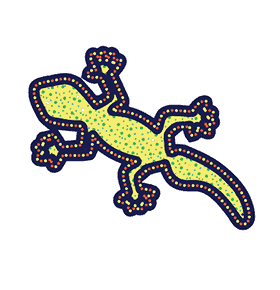
Indigenous content warnings – how to write them
Bereavement practices (also known as ‘sorry business’) vary between communities, but there is a common rule that first names, images and voice recordings of deceased First Nation’s peoples are not permitted to be seen or heard.
The practice is very old and is based on the belief that saying a dead person’s first name, seeing their image or hearing their voice after death would recall and disturb their spirit.
This can be challenging if you work in publishing because it can be difficult, for example, to determine whether any deceased people are in a group photo included in a book, magazine or article.
In these situations, we should do our best to ensure all people depicted in an image or recorded in an audio are living.
Permission can be sought from the deceased person’s family to publish their name, image or voice.
Because it can be difficult to confirm whether people have passed away, we insert an ‘Indigenous warning’ at the front of written and recorded content such as books, journals, online articles, video recordings and television shows.
Particular care should be taken to use appropriate First Nations peoples’ terminology in an Indigenous warning.
EXAMPLES of INDIGENOUS WARNINGS
Please note: Aboriginal and Torres Strait Islander peoples should be aware that this website may contain images, voices or names of deceased persons in photographs, film, audio recordings or printed material.
– AIATSIS (Australian Institute of Aboriginal and Torres Strait Islander Studies)
WARNING: Readers are notified that this publication may contain names or images of deceased persons.
– ANU Press
Aboriginal and Torres Strait Islander peoples should be aware that this website contains images, names and voices of deceased persons.
– Australian Government, Anzac Portal
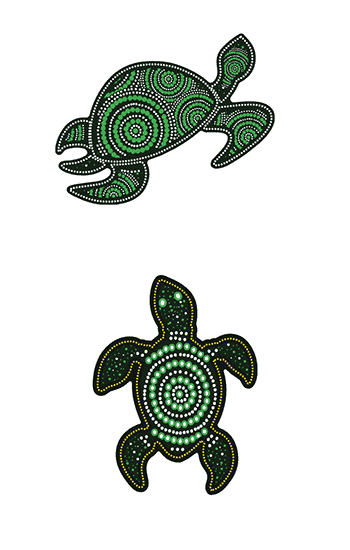
Languages
There are hundreds of First Nations languages and many are still in use today.
Languages that are not currently in use are referred to as ‘sleeping’ not ‘extinct’.
Leaders or Elders?
A leader is not an Elder.
Take care not to nominate somebody who is speaking to you on behalf of others in their community as a leader.
Also, don’t assume that an elderly First Nations’ person is an Elder.
In Aboriginal and Torres Strait Islander communities, Elders are not powerful or privileged.
They’re people who are held in high esteem and respected within their families or communities.
Elders are often referred to in their communities as Aunty or Uncle.
While hundreds of different groups, communities, organisations and nations live in Australia, there isn’t one person who speaks on behalf of them all.
Local names for people from particular regions across Australia
When writing about a specific group, it’s more respectful to use their nation, community or island name.
The Guide for Aboriginal and Torres Strait Islander terminology advises you to check with a local group or organisation before using the following terms.
Anangu are people from South-West Central Australia – the Pitjantjatjara, Yankunytjatjara, Nyangatjatjara and Ngaanyatjarra Nations.
Koorie are people from NSW and Victoria, and some parts of Tasmania.
Murrie are people from Queensland and some parts of NSW.
Nunga are people from the southern region of South Australia.
Noongar are people from the South-West region of WA.
Palawa are people from Tasmania.
People or peoples
The most appropriate term to use for Aboriginal people and Torres Strait Islander people is Aboriginal and Torres Strait Islander peoples.
It’s peoples because it’s two nations of people.
Don’t assume that all First Nations peoples living in Australia are Aboriginal, and that you can use that term when referring specifically to mainland people. In the 2011 Census, 52,616 people living in Australia identified as being of Torres Strait Islander origin.
Do not abbreviate to ATSI or TSI. Always write these in full.
Don’t use ‘Australian Indigenous peoples’ or ‘our Aboriginal peoples’ as both imply ownership.
I use the term Aboriginal and Torres Straight Islander peoples. It’s a lengthy term if repeated more than once in a paragraph, but it’s the appropriate way to refer to First Nations Australians.
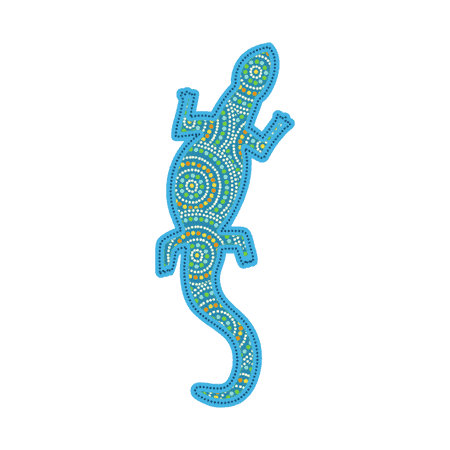
Using appropriate Aboriginal and Torres Strait Islander terminology
First Nations languages
Aboriginal person/people
Torres Strait Islander person/people
Creation/Dreaming stories
First Nations peoples
spirituality
Aboriginal nations
language groups
First Nations Australians
the Dreaming/s
teachings
First Nations
gone missing (not walkabout)
Aboriginal communities
Stolen Generation
Traditional Owner
Custodian
Elder
Aunty/Uncle
legends (Torres Strait Islander People only)
Welcome to Country
Aboriginal and Torres Strait Islander peoples have been welcoming visitors to Country for thousands of years.
The welcome is delivered by Traditional Owners or First Nations peoples who have permission from the Traditional Owners.
It is delivered at the beginning of formal events and can be a speech, smoking ceremony, song or a dance.
References and links
Arts Council of Australia – Protocols for producing Indigenous Australian writing
Australian Institute of Aboriginal and Torres Strait Islander Studies – Ethical publishing guidelines
Australians Together – Language and Terminology Guide
Reconciliation Australia –Share our pride
The Torres Strait Regional Authority (TSRA) website
Guidance on communication with First Nations peoples – AIATSIS Ethical Research Guidelines
A note from me
If you’d like to contribute to these Guidelines on Aboriginal and Torres Strait Islander terminology, or discuss any of the topics here, please don’t hesitate to contact me on the button below.
The Australian Government Style Manual has recently been updated with a new section on Aboriginal and Torres Strait Islander peoples. If you’re writing for a government department, the terminology in the style manual is mandatory.
You might also be interested in reading How to make your writing more powerful.
Last updated 10 July 2021.
Textshop respectfully acknowledges the past and present Traditional Custodians of this land, and respects their culture and identity, which have been intrinsically connected to the land and sea for thousands of years.

